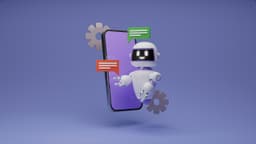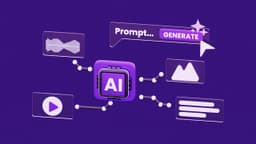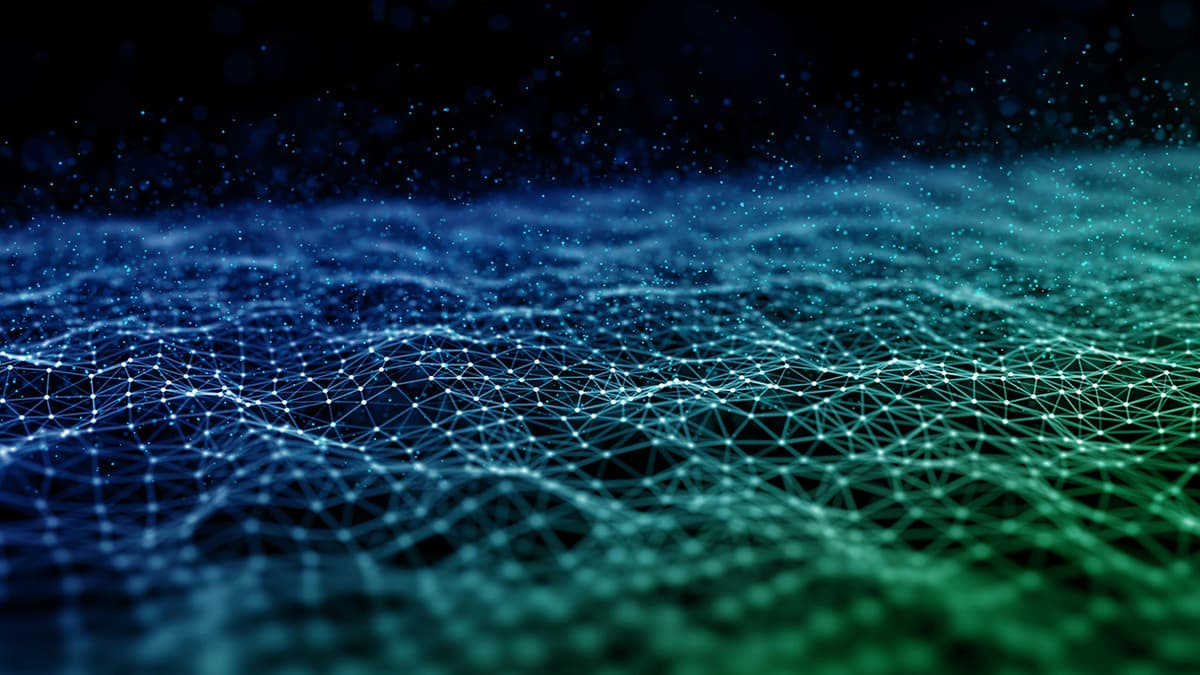AI in the Workplace: Why It’s a Tool for Reducing Burnout, Not Increasing It
As artificial intelligence becomes a larger part of our work environments, concerns have arisen about whether these tools will lead to burnout by adding more technology and complexity to employees’ routines. But AI actually holds significant potential to reduce burnout, as it helps streamline tasks, automate repetitive work, and allows employees to focus on higher-value responsibilities. While there’s an initial learning curve, AI ultimately improves work efficiency, helping employees create a more balanced and manageable workday.
AI as a Tool for Efficiency and Focus
One of the main ways AI helps reduce burnout is by making work more efficient. AI can take over repetitive, low-impact tasks, which means employees can dedicate more time to work that requires creativity and problem-solving. For example, instead of spending hours manually sorting through data, an employee can use AI to filter, organize, and even analyze information, freeing up valuable time. By handling these tedious processes, AI allows workers to focus on activities that they find meaningful and engaging.
AI also assists in reducing the “busywork” that can lead to mental fatigue. For instance, AI tools that automatically schedule meetings or respond to simple queries can reduce the number of tasks competing for attention. This enables employees to prioritize more impactful work and minimizes the mental load that often contributes to feelings of burnout.
Cutting Down Decision Fatigue
A lesser-known contributor to burnout is decision fatigue – the mental exhaustion that comes from making too many decisions throughout the day. AI can play a key role in mitigating this. Many AI systems today assist with decision-making by providing data-driven insights and recommendations, which can save time and reduce mental strain. For example, in project management, AI can analyze project timelines, predict risks, and recommend adjustments. Employees no longer need to consider every detail themselves; they can rely on AI to guide them, reducing stress and boosting confidence in their decisions.
Additionally, tools that can streamline customer service responses or offer options for common questions can save considerable time in client-facing roles, allowing employees to reserve their energy for the more complex situations that truly need their expertise.
Supporting Collaboration and Communication
With remote work becoming more common, collaboration has become both more essential and more challenging. AI-powered communication tools, such as language translation and real-time transcription, make collaborating across different languages and time zones more manageable. These tools can help reduce misunderstandings and facilitate smoother interactions, especially in diverse teams. AI systems can even identify the best times to schedule meetings that suit everyone’s schedules or suggest content to share based on team needs. By simplifying communication, AI reduces the friction often associated with teamwork, enabling employees to work together more seamlessly and stay focused on collective goals.
These communication aids can also help reduce burnout related to constant back-and-forth exchanges, especially when workers are dealing with tight schedules. Instead of spending unnecessary time clarifying details, employees can use AI tools to ensure they’re all on the same page. This helps make communication more streamlined and effective, and everyone can invest their energy where it’s needed most.
Personalizing Workflows to Reduce Overload
One of AI’s most promising features is its ability to personalize workflows based on individual preferences and performance patterns. This can be a game-changer in reducing burnout. AI can suggest ways to prioritize tasks, allocate time, and focus attention based on each person’s unique strengths and work habits. By recommending when to tackle specific tasks or when to take breaks, AI helps individuals work more efficiently and avoid overload.
Some AI-driven platforms can even analyze workloads to identify employees who might be at risk of burnout based on productivity patterns. When used responsibly, this insight allows managers to step in proactively, adjusting workloads or offering support before stress becomes a serious issue. Far from adding pressure, these systems encourage a healthier work-life balance and promote a supportive work environment.
Addressing the Learning Curve with Patience
It’s true that adopting new AI tools can be challenging at first. Employees might initially feel overwhelmed by having to learn multiple systems or adapt to new ways of doing things. This transitional period is understandable; it takes time for teams to integrate new tools into their workflows smoothly. But just as with any new technology, the initial adjustment phase is temporary.
As employees become familiar with these tools, they naturally find ways to streamline their use, eliminating unnecessary steps and adapting processes to maximize efficiency. After this learning curve, AI tools become second nature and save more time than they consume. Companies can support this transition by offering proper training and creating a culture of patience and encouragement around learning new technology.
Shifting Perceptions of AI in the Workplace
The introduction of AI doesn’t have to mean more stress or burnout. Instead, AI’s role in the workplace is to complement human efforts, taking on tasks that can be automated and enabling employees to work smarter rather than harder. While it may take time to find the right balance in using these tools, the long-term benefits are clear. When AI is used thoughtfully, it can alleviate the pressures of modern work, helping employees achieve a better balance and a more sustainable pace.
AI is here to enhance productivity, simplify routines, and support well-being in the workplace. By automating the repetitive and optimizing the essential, AI tools empower employees to focus on what truly matters. The temporary challenges of learning these tools are outweighed by their benefits, and with time, these new technologies will feel as natural as any other tool we rely on daily. The future of AI in the workplace is one that prioritizes human creativity, reduces unnecessary stress, and, ultimately, contributes to a healthier, more fulfilling work experience.












